Ledger Nano S Plus Review 2025
Ledger launched its latest hardware wallet, the Ledger Nano S Plus, in April 2022. This model is located between the Nano S and Nano X models in terms of price and functionality. The Ledger Nano S Plus makes the iconic bestseller Ledger Nano S DeFi and NFT friendly and ready for Web3.
Everything you need to know about the new model can be found in this test report.
First impression
Buy Ledger Nano S Plus online
The Hardware Wallet is best ordered directly from the manufacturer in the online store. This is currently available there at a price of 119,00 € (click here to check the current price).
Hardware Wallets should preferably be ordered directly from the manufacturer or official resellers if possible. Dubious stores or private sellers on platforms like ebay or amazon could manipulate the devices for their own purposes or trick the buyer. This way, the thieves can steal all the coins from your hardware wallet at a later time. Unfortunately, there have already been such cases in the past.
What’s in the box?
In addition to the hardware wallet, the scope of delivery includes a USB-C to USB-A cable for connecting to the computer, an introductory brochure, 3 pieces of paper for making notes on the backup and a lanyard.
Ledger Nano S Plus
The device itself measures 62.39 x 17.40 x 8.24mm and weighs just 21 grams. The outer shell is brushed stainless steel and the inner part is plastic. The new certified safety chip ST33K1M5 (CC EAL5+) is installed. The display is a 128×64 pixel display. The Hardware Wallet is operated via two buttons on the top of the Hardware Wallet.
Setting up the Ledger Nano S Plus
Never use a hardware wallet that is already set up. You must choose your own PIN code or password and do the backup yourself. This is not given by anyone!
Setting up the Ledger Nano S Plus is straightforward. As with the predecessor models, you first go to www.ledger.com/start and are then guided through the following three steps.
Start setupSet up as a new device
To do this, you connect the hardware wallet to the computer on which you have installed the Ledger Live software. Then navigate to “Set up as new device” on the hardware wallet and confirm the selection by pressing both buttons. If you want to import an already existing Recovery Seed instead, this is also possible.
Select PIN code
To protect the device, a PIN code is now set so that only authorized persons can access the device. This can be between 4 and 8 characters long.
Recovery Seed note
The 24-word recovery phrase is now displayed word by word on the Ledger Nano S Plus screen. This issue only takes place once and represents the backup of the hardware wallet and thus all associated cryptocurrencies. Optionally, it is possible to check the recovery seed by entering the 24 words. This is generally recommended, as it eliminates the possibility of incorrectly noting the recovery seed.
Your Recovery Seed is the backup key to all your cryptocurrencies and apps. The Recovery Seed (backup) can only be viewed once. Never make a digital copy of the Recovery Seed and never upload it online. Keep the Recovery Seed in a safe place, ideally also safe from fire and water. Special backup products, for example Billfodl are suitable for this.
No one but yourself can be held liable for any financial losses caused by improper handling of sensitive data.
The device is thus successfully set up. Now apps can be installed and accounts can be added to Ledger Live.
Ledger Nano S Plus Handling
In everyday life, you can communicate with the wallet via a PC with the Ledger Live app or via a smartphone. However, the connection is only made via cable, as the hardware wallet has no Bluetooth connectivity compared to the Ledger Nano X.
The Ledger hardware wallet securely stores the private keys and enables access to your cryptocurrencies. The corresponding apps on the Ledger Nano S Plus are required for this access. These can be installed via Ledger Live, for example, the Bitcoin app can be installed to manage Bitcoin accounts. There is space for around 100 apps. However, apps can be uninstalled and reinstalled at any time if necessary. The private keys remain secure on the device and backed up on the recovery slip.
Once the appropriate app for the cryptocurrency is installed, accounts can be added. In this regard, most cryptocurrencies are integrated with Ledger Live, while others rely on third-party applications. The supported wallets of a cryptocurrency can be found in this list: Supported Crypto Assets
When you play this YouTube video, data is transmitted to Google.
Manage NFTs in Ledger Live
With the Ledger Nano S Plus and the latest Ledger Live version, NFTs can now be conveniently managed. The prerequisite is the installed Ethereum (ETH) or Polygon (MATIC) app. If you now open a corresponding account, the NFTs appear and can be displayed directly in Ledger Live.
Supported cryptocurrencies and devices
The Ledger Nano S Plus is compatible with the following platforms:
Furthermore, over 5.500+ (to the complete list) crypto assets are supported, including the following:
- Bitcoin
- Casper
- Solana
- Tezos
- Monero
- Ethereum
- Litecoin
- Dogecoin
- Zcash
- Dash
- Stratis
- Ripple
- Komodo
- Bitcoin Cash
- Ethereum Classic
- ERC-20 Tokens
- PoSW
- ARK
- Expanse
- PivX
- Vertcoin
- Viacoin
- NEO
- Bitcoin Gold
- Stellar
- Hcash
- DigiByte
- Qtum
- IOTA
- Bitcoin Private
- ZenCash
- Nano
- Nimiq
- Peercoin
- Woleet
- Zcoin
- Tron
- Wanchain
- Vechain
- Ontology
- Kowala
- Icon
- Particl
- Rootstock
- Hycon
- Waves
- Rise
- FIC Network
- Pirl
- EOS
- Akroma
- Stealth
- POA network
- Lisk
- Musicoin
- Factom
- Gamecredits
- MIX
- ethergem
The constantly updated list of all supported crypto assets can be found here www.ledger.com/supported-crypto-assets.
It also supports numerous third-party tools and websites. Among them are the following:
- Mycelium
- Rainbow.me
- BTC direct
- Mercuryo
- Metamask
- MyEtherWallet
- Bitstamp
- SSH Agent
- FIDO/U2F
- Password Generator
- OTP
Documentation and support
Ledger offers an extensive support area, which is now also available in different languages. In addition, support is available through various channels such as Twitter, Reddit, Instagram or email. However, due to the large number of inquiries, there are often long waiting times.
Security aspects of the Ledger Nano S Plus
Like any hardware wallet, this model also ensures that the private keys are generated securely on the device and do not leave it. This provides a very high level of security compared to software wallets.
In general, the security of the Nano S Plus can be compared with the Nano X. Both use the same components, except that the Nano X also has a battery and Bluetooth for better mobile compatibility. Bluetooth connectivity in particular theoretically offers the possibility of other attack vectors, which is why this model can score points here.
The Ledger Nano X has received the CSPN certificate (first level security certificate) issued by ANSSI (National Agency for Information Systems Security). Since the same components were installed, this is transferable to the Ledger Nano S Plus. The certification report can be viewed online here.
Product Specifications
User Reviews get_comments_number($post->ID)
No reviews yet
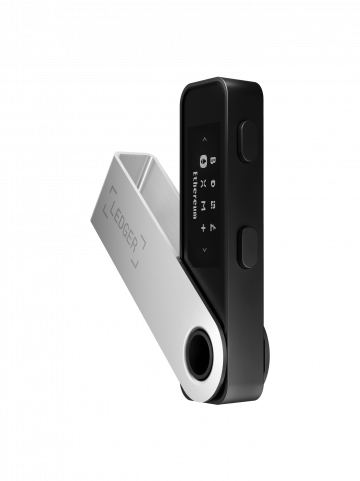
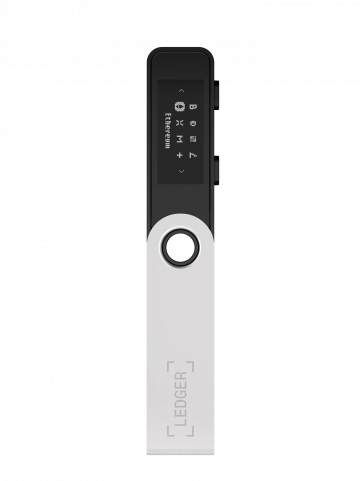
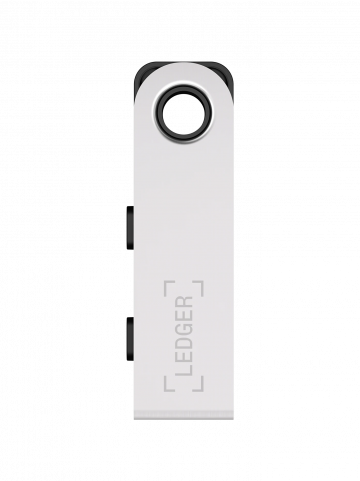
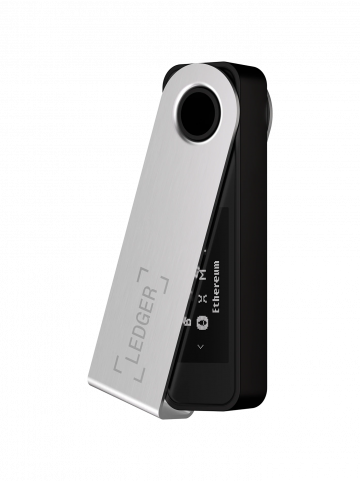




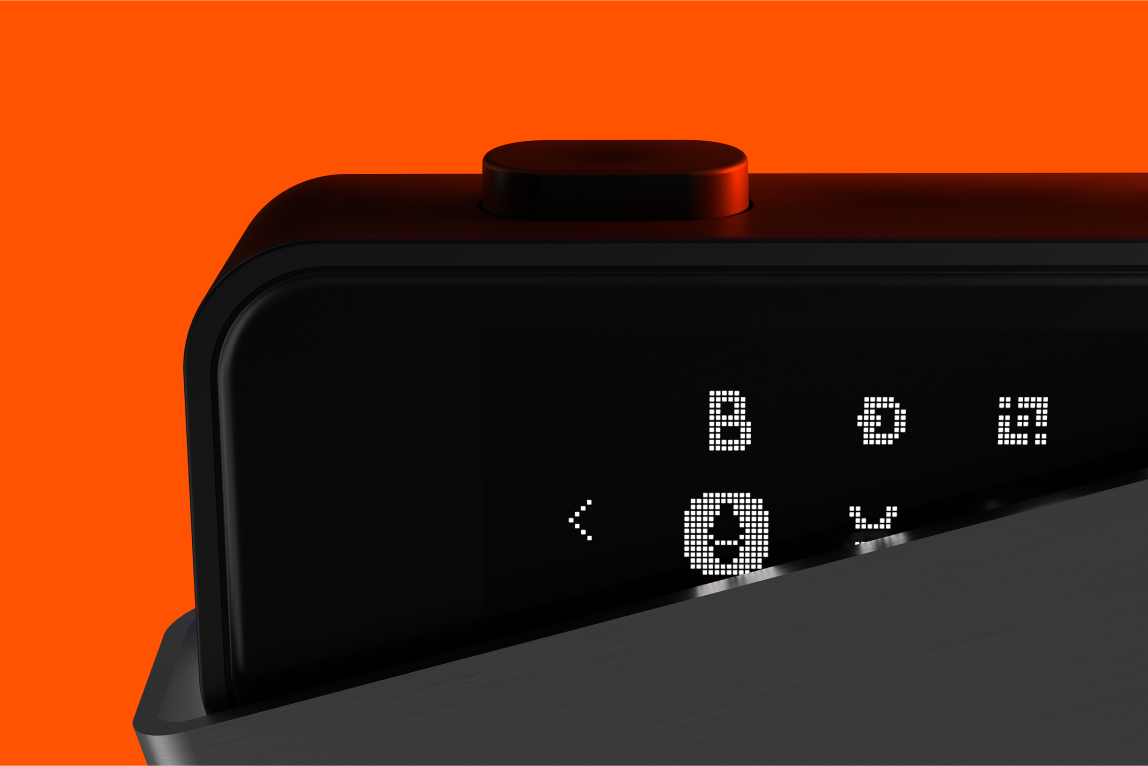
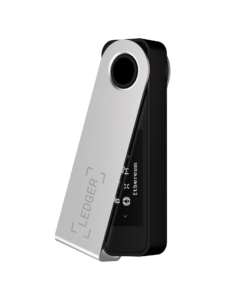
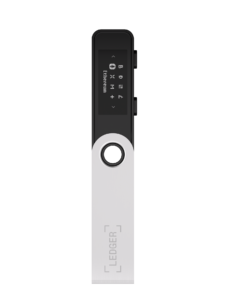


FAQ 19
Ask your own question